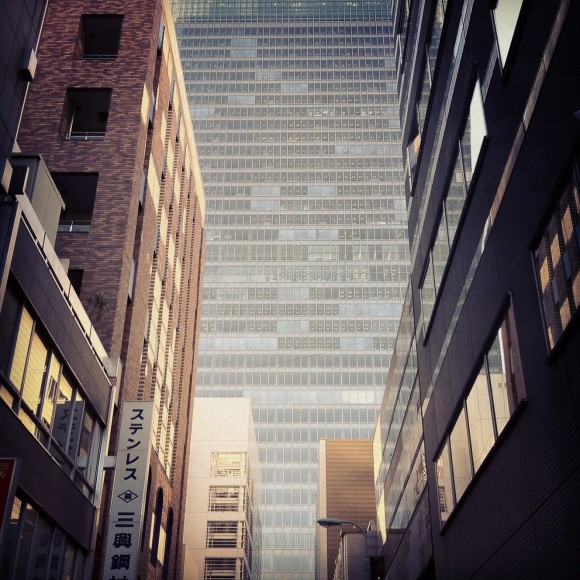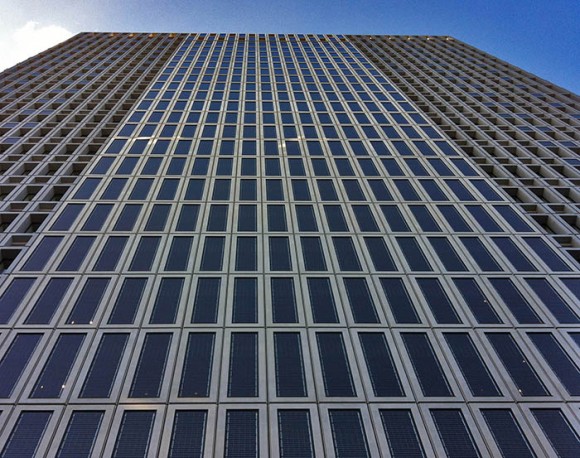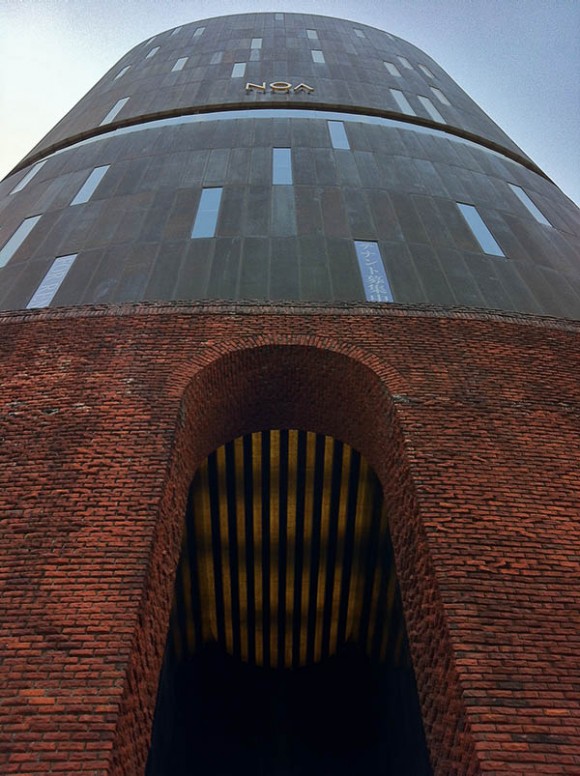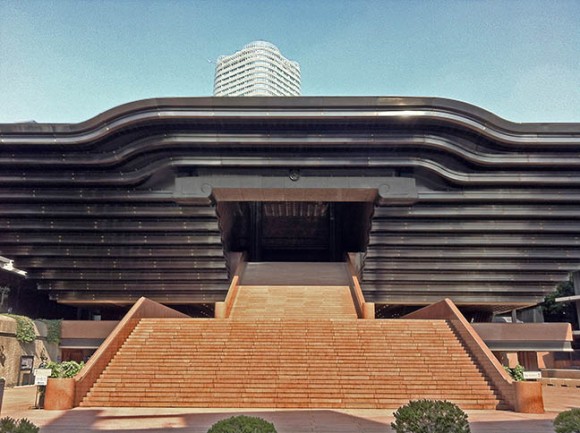Update (27 Dec 2012): Zoe from Japan Property Central has sent me the link to the Villas’ website (in Japanese). She also says that “there are a faction of people who do like older ‘vintage’ apartments because of their space and character. Many of the Villa buildings are mixed-use and attract a lot of people in the design field who are looking for a trendy office. Because of their age, they are less expensive on a square meter basis, while still being in very convenient locations.”
Tokyo lacks a core of seriously old buildings mainly due to the destruction wrought by the 1923 Kanto earthquake and WWII. Newer apartments carry a premium over ones in older buildings. There is little in the way of preservation. This is why the face of the city is constantly changing. [For a more vivid discussion of the fluidity of Tokyo’s cityscape, I recommend this BBC documentary on Youtube.]
All of the above is why one assumes buildings in Tokyo to be no older than 20-30 years. I was thus happy to stumble upon this real estate website listing the coordinates of several “villas” (i.e. apartment blocks) in Aoyama and Shibuya that are from the 1960s and 1970s and have withstood the normal build and tear-down cycle at least once. They all have fantastically mediterranean names. I took a walk yesterday to have a look.
Villa Rosa – 1969: The most dilapidated of the villas, with seemingly no major renovation having occurred since it got built more than forty years ago. All flats / offices enjoy ample daylight.









